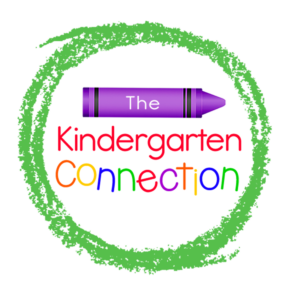One of the most challenging aspects of teaching early childhood is creating meaningful small group time. Setting a good rhythm, finding time to prep, or deciding how to divide the groups up can be tricky. Today I am here to share 3 small group tips for Pre-K and Kindergarten that will help make this instructional time effective and engaging for you and your students!
*For more tips on how to create a positive AND playful learning environment in your classroom, be sure to join us in P.L.A.Y. (Playful Learning All Year)!
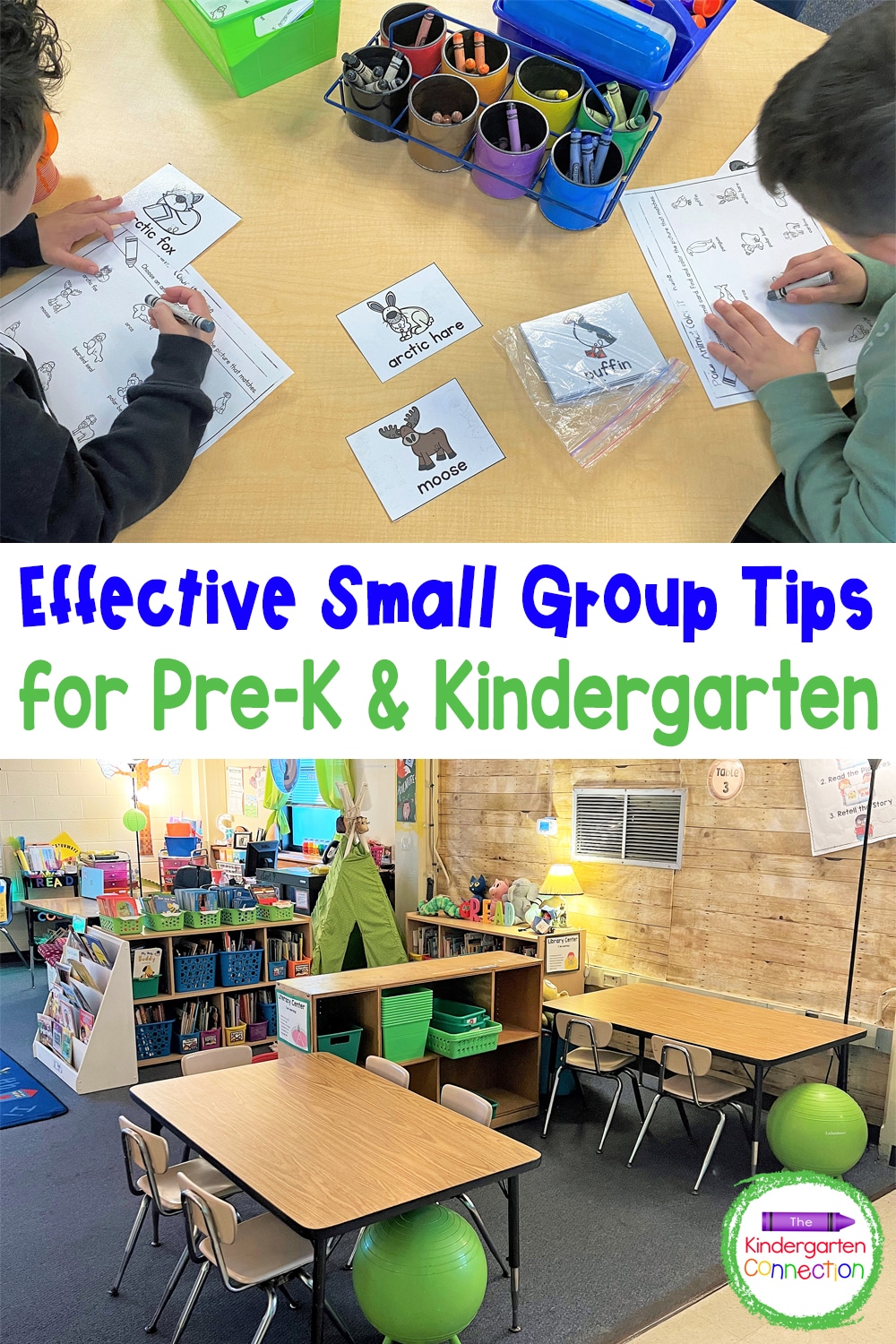
Once your classroom routines are down and you are ready to begin small groups, the next step is getting them set up. Small groups can be powerful and a great way to meet the needs of all your students. But, it is easy to feel overwhelmed when getting started (or even after you’ve started!).
Check out my top tips for setting up and making the most of small groups!
My first tip for small groups is to change up the groups by skills or focus for each lesson.
This will allow your students a chance to work with each other in more ways throughout the week. You do NOT need to include the same children all the time.
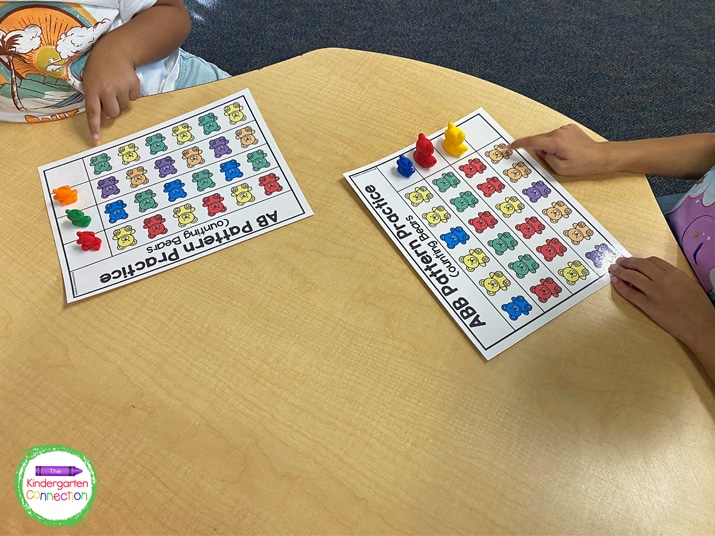
Ditch the timer?! I know, I know, this can be a lot to ask.
Believe me when I say that small groups do not all have to last the same amount of time. If one group runs longer than the other, you can have some building blocks (or something easy to grab) ready so the kids waiting can use their time building and creating together.
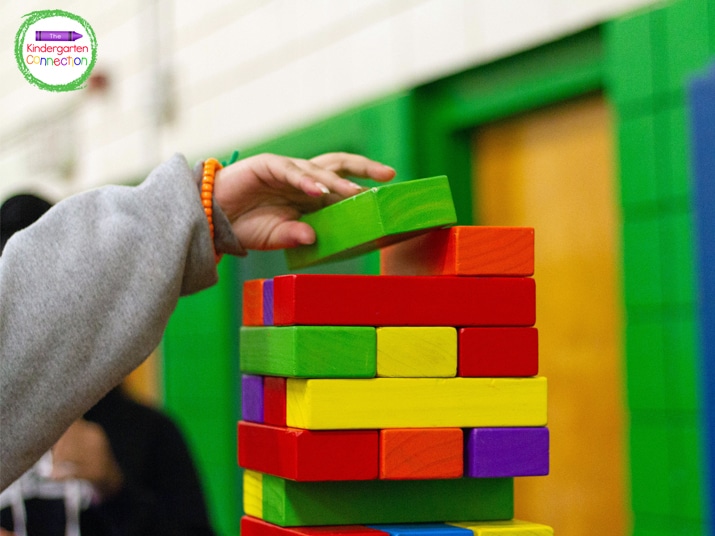
Practice small group sessions with your whole class to help set the expectations. Don’t assume they will know not to interrupt (or that they will listen when you tell them not to).
Practicing with our students is so important! It ensures our small groups run smoothly and it can also help calm any students with anxiety.
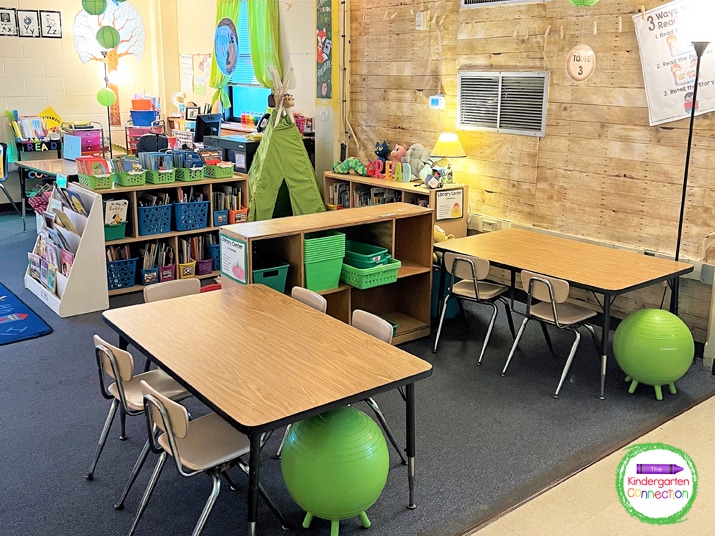
I hope that these 3 tips for small group instruction help you find ways to make this time more meaningful and impactful for your students!
(even if you “aren’t allowed to play”)
If you’re wanting to incorporate playful learning, free-flowing centers, effective routines, and more in your Pre-K or Kindergarten classroom, then you’ll definitely want to join us in P.L.A.Y. (Playful Learning All Year)!
This course is a deep dive into practical ways that you can create a playful learning environment in your classroom. Be sure to request an invitation so you’re the first to hear when the virtual doors open!
